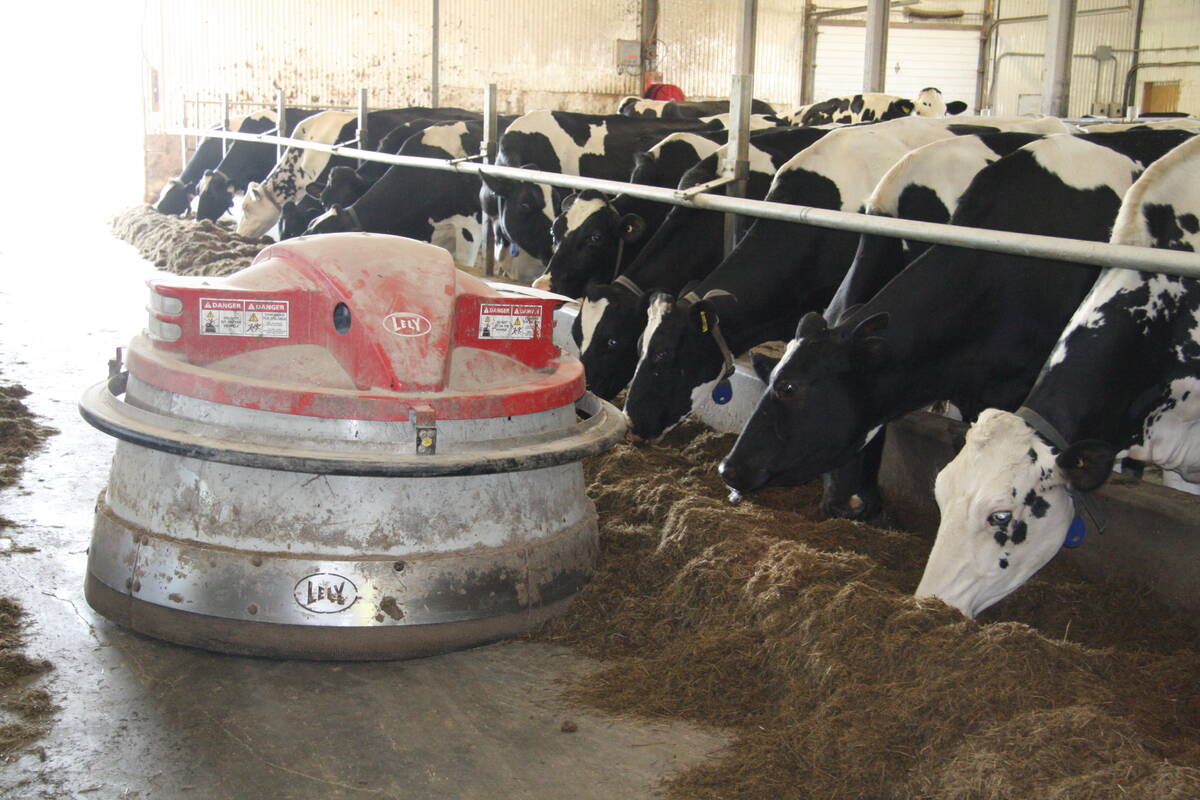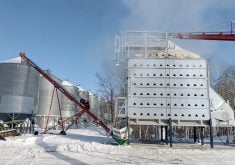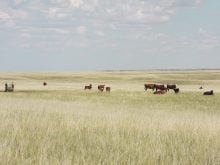Over the years in large animal practice, I have experienced many misconceptions that circulate in the cattle industry. These old wives’ tales can result in wasted profits, overuse of drugs, false accusations or misguided work.
If you hear of some industry myths when you’re working in the field, please bring them to my attention and perhaps we can all become better educated.
I have often heard of buyers paying a discount for calves with short ears claiming that the animals’ feet or lungs may also have been damaged by the frost. If feet were damaged, the calf would also be lame with obvious sloughing of skin. If lungs were damaged, the calf would exhibit symptoms — it would be extremely poor doing overall, lethargic and weak.
Read Also

Partnerships, communication key to disease management
Communication and strong, trusted partnerships are key to managing infectious diseases like Foot and Mouth Disease and HPAI.
The only problem short-eared calves may pose to producers is putting an implant into a short ear. Frostbite could also become an issue if the tail was frozen and the animal’s fly swatter has been shortened.
Another inaccurate story that often circulates around the cattle industry is that a prolapsed uterus will reoccur. If a prolapsed uterus has been replaced properly and cleanly, and the cow rebreeds, there is no more likelihood of that cow prolapsing again than any other cow in the herd.
However, with prolapsed vaginas, there is a very good likelihood of reoccurrence, depending on the cause of the prolapse and whether it is hereditary. There are many possible causes of prolapsed vaginas.
Many congenital defects, those the animals are born with, have nothing to do with heritability and are simply a fluke, such as schistosomas reflexus (inside out calf), cleft palates, calves with extra rudimentary limbs and hydrocephalus. Some are viable calves and problems can be corrected. We must watch and not immediately blame a new bull or the bull’s breeder. Unless you see the same type of defect multiple times, it is very unlikely heritable.
Purebred breeders and the breed associations monitor if the same defects keep cropping up and will carry out internal investigations where needed. In the rare event something is substantiated as heritable, they have the ability to test for the genetic markers and eliminate the problem from the gene pool.
All breeds have had the rare issue, such as Betamannisidosis, dwarfism, the translocation 1-29 gene and curly calf syndrome. All these have been monitored and eliminated when found in the gene pool. The purebred breeds do a great job on this.
There are also misconceptions that it is better to administer more of a drug, such as an antibiotic. All medications have been researched and formulated for the dosage concentration and meat withdrawal times on the labels. Exceeding the dosage does not help the animal’s recovery rate, it costs extra money and you could be in violation of drug withdrawal times.
When you exceed the drug recommended dosage, the withdrawal times go up accordingly. Producers should also be careful to use the right products for the right diseases, as recommended by a veterinarian.
There are new developments in the cattle industry all the time, from specific intranasal vaccines that prevent specific diseases without having to needle cattle to specific growth implants that are either delayed release or fit a specific category of calf. The science is completely behind the use of safe growth implants. No amount of marketing gimmicks by companies, such as A & W with its “no added hormones” advertising, should overturn this.
All the products must meet strict criteria for safety and efficacy.
There is also some confusion around whether it pays to use pain killers in cattle production. There is no doubt cattle experience pain for certain herd procedures, such as branding or castration. We know if cattle feel better they keep eating, so production is increased in the short term with the use of pain killers.
Whether there is compensatory gain is irrelevant because the use of pain killers in cattle according to label directions and withdrawals is simply the right thing to do.
Certain things we do in the cattle business do not always come down to economics. The public is watching and it is simply humane animal treatment.
The use of NSAIDs (nonsteroidal anti-inflammatory drugs) is common today in cattle production. We all can see the vast improvements these painkillers can make. Check with your veterinarian and have the prescription on hand for the type and dosage of the specific painkillers you need.
This is where a current veterinary-client-patient relationship is needed. It also is where you will need that relationship to purchase the medically important antimicrobials that you will no longer be able to buy from the local feed mill, feed store or co-op.
Just so you know, these changes were government induced, so don’t blame your veterinarian.
The changes are expected to take effect Dec. 1, and for most producers the relationship with their veterinarians has not changed much.
Another myth in the cattle industry is that all lameness is foot rot. But that is not true, just as all eye problems are not pinkeye.
Check with your veterinarian. The cause for many cases of lameness must be looked at because the treatment can differ greatly from the antibiotic shot normally given for foot rot.
It is good to be aware of what is happening in your industry. I was shocked at a recent producer meeting, where few people had ever read the Beef Code of Practice, which has been out for several years.
You should secure a copy by going into the National Farm Animal Council website.














